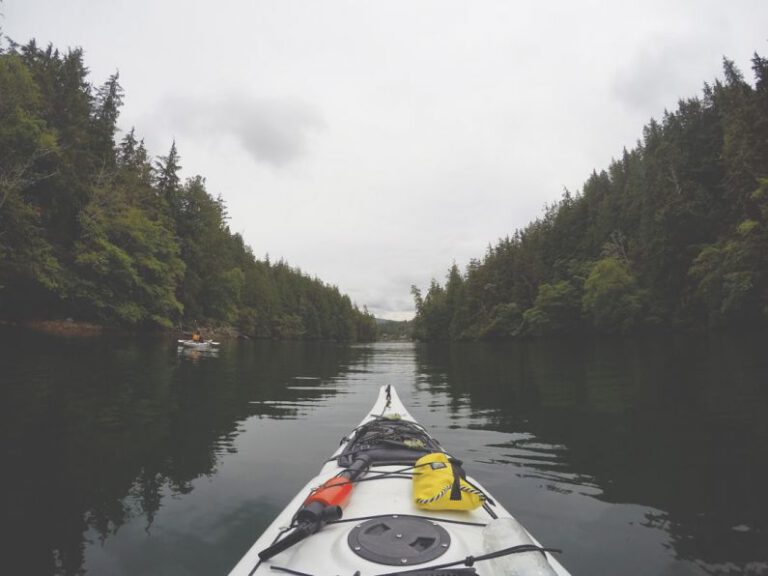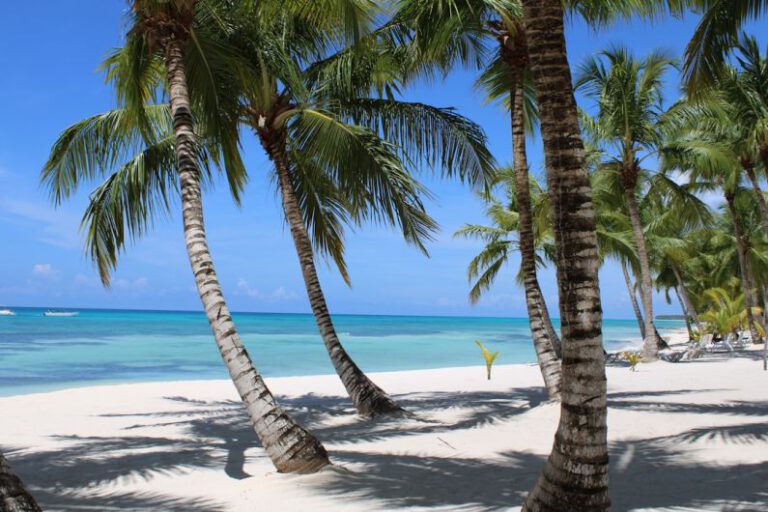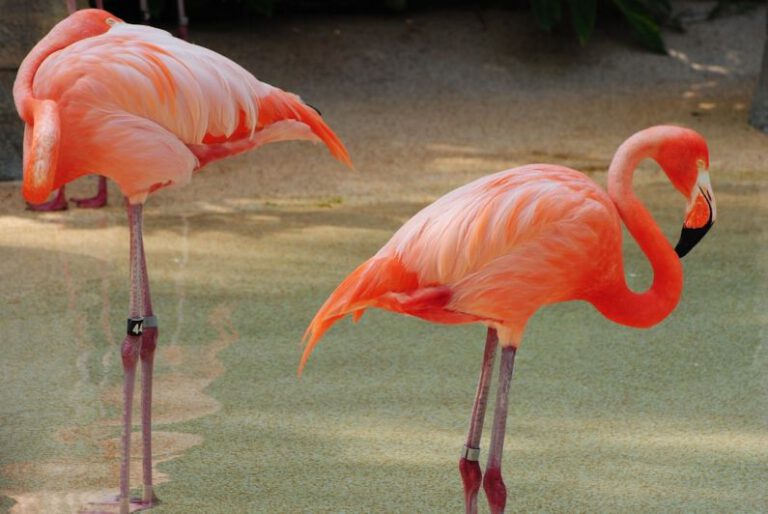Can We Find Prehistoric Life on Unknown Islands?
Exploring the possibility of discovering prehistoric life on uncharted islands has long captured the imagination of scientists and adventurers alike. The allure of stumbling upon ancient species that have remained hidden from human eyes for millennia is undeniably captivating. But can we truly find prehistoric life on unknown islands? Let’s delve into this intriguing question and explore the potential for such discoveries.
Unveiling the Mystery of Unexplored Islands
The Earth is home to numerous islands that have yet to be thoroughly explored by scientists. These uncharted territories hold the promise of unveiling a treasure trove of secrets, including the existence of prehistoric life forms. While the idea may seem like something out of a science fiction novel, the reality is that new species are still being discovered in remote and isolated regions around the world.
Islands, particularly those that are isolated and untouched by human interference, provide a unique habitat for species to evolve in isolation. This isolation can lead to the development of distinct genetic traits and adaptations that are not found anywhere else on Earth. In the case of prehistoric life, these islands could potentially serve as a time capsule, preserving species that have long been extinct in other parts of the world.
The Lost World Hypothesis
One of the most intriguing theories related to the discovery of prehistoric life on unknown islands is the Lost World hypothesis. This idea posits that isolated regions, such as remote islands, could harbor species that have survived from prehistoric times. These species may have evolved separately from their counterparts on the mainland, leading to unique and ancient lineages that have persisted through the ages.
The concept of a Lost World, hidden away on unexplored islands, captures the imagination and spurs scientific curiosity. While the notion of dinosaurs roaming these isolated lands may be more fiction than fact, the possibility of discovering ancient species that have managed to survive against all odds is not entirely far-fetched.
Exploring the Falklands: A Case Study
One real-world example that highlights the potential for discovering prehistoric life on unknown islands is the Falkland Islands. Located off the coast of South America, the Falklands are home to a diverse array of wildlife, including several species that are found nowhere else on Earth.
In recent years, scientists have uncovered fossilized remains of prehistoric animals on the Falkland Islands, shedding light on the ancient inhabitants of these remote lands. These discoveries have provided valuable insights into the evolutionary history of the region and have sparked further research into the potential for finding more prehistoric life forms hidden beneath the island’s rugged terrain.
The Future of Exploration
As technology advances and our understanding of the natural world deepens, the possibility of discovering prehistoric life on unknown islands becomes increasingly feasible. Remote sensing techniques, DNA analysis, and other cutting-edge tools offer new avenues for exploration and discovery in even the most inaccessible regions of the planet.
While the idea of stumbling upon a lost world teeming with prehistoric creatures may seem like a fantasy, the reality is that the natural world still holds many mysteries waiting to be uncovered. Whether we will one day find conclusive evidence of prehistoric life on unknown islands remains to be seen, but the spirit of exploration and curiosity that drives scientists to push the boundaries of knowledge ensures that the quest for discovery will continue unabated.






